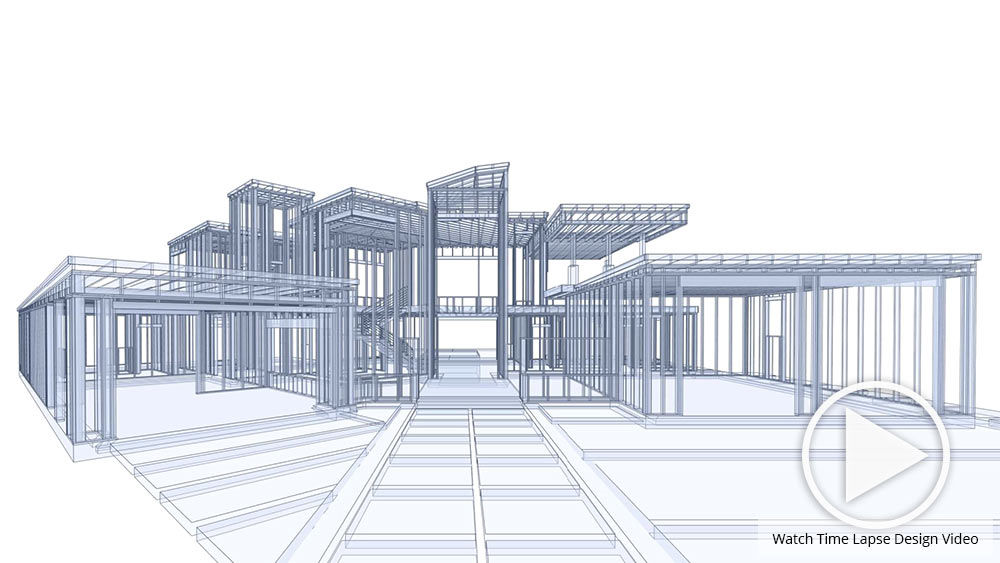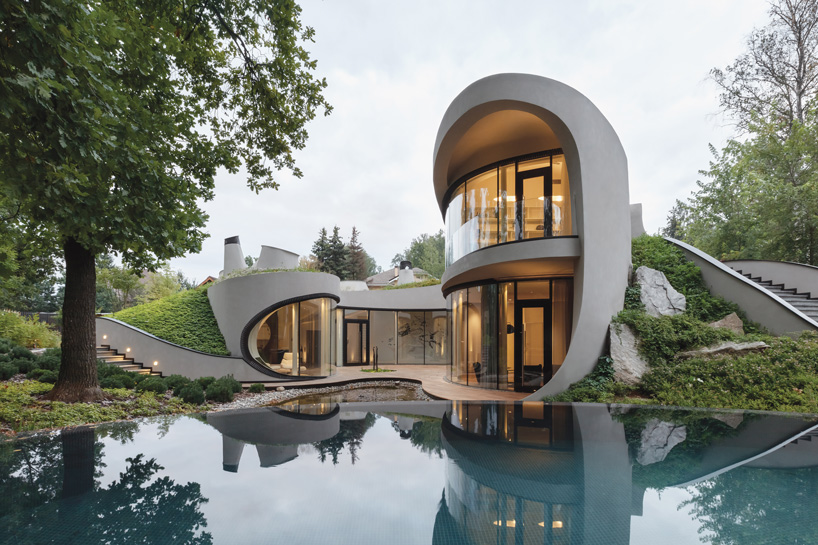Why CDA Architects Are Leaders in Architectural Style and Advancement
Why CDA Architects Are Leaders in Architectural Style and Advancement
Blog Article
A Comprehensive Review of Building Designs and Their Influence on Modern City Planning and Development
Architectural styles have actually long functioned as a mirror to the societal values and technical innovations of their time, playing a critical duty in shaping modern-day city preparation and advancement. From the grandeur of Neoclassicism to the practical strategy of Brutalism, each design has presented special ideas that influence city visual appeals and functionality. As modern difficulties arise, consisting of sustainability and neighborhood needs, recognizing these historical frameworks comes to be vital. The resulting dialogue not just informs future layout methods but likewise raises significant concerns concerning the equilibrium between heritage and innovation in our progressing urban landscapes.

Historical Summary of Building Designs
Throughout background, building designs have actually advanced in reaction to cultural, technological, and ecological aspects. Each duration mirrors the dominating worths, ideas, and improvements of its time, resulting in a rich tapestry of design that symbolizes human creative thinking and adaptation. The old people, such as the Egyptians and Greeks, developed fundamental styles that highlighted balance and proportion, offering both practical and aesthetic purposes.
As societies transitioned through the Middle Ages, Gothic design emerged, defined by its verticality and elaborate outlining, matching the spiritual desires of the era. The Renaissance marked a revival of classic suitables, combining art and style in cutting-edge manner ins which affected subsequent designs throughout Europe.
The Industrial Transformation introduced new products and construction strategies, prompting movements like Modernism, which tested standard types and embraced simplicity and capability. The 20th century saw a diversification of styles, with Postmodernism responding versus the stark minimalism of its precursor, including historical references and diverse aspects.
Today, building styles proceed to evolve, driven by globalization and sustainability problems, reflecting a vibrant interplay in between heritage and technology (cda architects). This historical review underscores the value of architecture as a mirror of societal advancement and as a catalyst for metropolitan growth
Key Architectural Styles Explained
The variety of architectural styles reflects the myriad impacts that form our built atmosphere, each personifying distinct attributes and social significances. Secret building designs include Classical, Gothic, Baroque, Innovation, and Postmodernism, each standing for unique historic contexts and aesthetic viewpoints.
Timeless style, rooted in ancient Greece and Rome, highlights balance, percentage, and the usage of columns. On the other hand, Gothic architecture, flourishing between Ages, is identified by sharp arcs, ribbed vaults, and flying buttresses, producing an angelic top quality in basilicas. Baroque design, arising in the 17th century, is noted by grandeur, fancy decoration, and a vibrant interaction of light and darkness.
Innovation, which acquired momentum in the early 20th century, prioritizes function over type, using brand-new products like steel and glass to develop minimal frameworks. Postmodernism, responding versus the austerity of Innovation, accepts eclecticism and historical reference, typically integrating lively aspects and irony.
Comprehending these styles provides understanding into the cultural stories and technological improvements of their particular ages, highlighting how architecture offers not equally as a shelter, however as a representation of social worths Go Here and desires.
Influence on Urban Preparation
In forming the advancement of cities, building styles dramatically influence city planning decisions. The selection of architectural style often determines the looks, functionality, and general personality of city environments.
Moreover, architectural styles can influence zoning regulations and land utilize plans. Urban planners need to take into consideration the dominating architectural fads when designing districts, making sure that brand-new developments balance with existing frameworks. This factor to consider fosters cohesive metropolitan landscapes and improves area identification.
The implementation of particular architectural designs can additionally affect socioeconomic variables within a city. High-end contemporary designs may attract wealthy residents and services, leading to gentrification, while much more cost effective housing remedies might prioritize practical and lasting layouts to suit varied populations. Ultimately, the interplay between architectural styles and city planning creates vibrant cities that show both historic context and contemporary demands, forming the lived experiences of their occupants.
Sustainability and Modern Architecture

Contemporary architectural activities, such as biophilic style and green design, supporter for structures that integrate with their surroundings, using all-natural materials and promoting biodiversity. These styles frequently integrate eco-friendly power sources, such as photovoltaic panels and wind generators, to decrease reliance on nonrenewable fuel sources and lower carbon footprints.
Furthermore, the combination of innovative modern technologies, such as smart structure systems, boosts power monitoring, maximizing resource usage while making sure occupant convenience. Innovative water administration methods, consisting of rain harvesting and greywater recycling, further contribute to lasting city atmospheres.
Significantly, sustainability prolongs past environmental problems; it incorporates social and economic dimensions. By promoting community health and promoting inclusivity, modern architectural styles line up with sustainable growth goals. As a result, the development of architectural techniques proceeds to you can try these out shape durable cities that not only meet the demands of the present but likewise safeguard the future for generations to come.
Area Interaction in Design
Community interaction in style works as an important bridge between designers and the populaces they serve, making sure that the constructed atmosphere shows the needs and aspirations of its individuals. This joint procedure welcomes neighborhood participants to add their insights and preferences, cultivating a sense of ownership and obligation towards the spaces they live in.
Efficient neighborhood interaction utilizes various techniques, such as workshops, studies, and public forums, to collect varied point of views. These methods redirected here help with a two-way discussion, enabling engineers to comprehend local contexts while equipping residents to voice their problems and needs. This inclusivity not just enhances the design top quality however also promotes social equity by resolving the special challenges dealt with by marginalized teams.
In addition, community involvement can result in innovative solutions that could not emerge in a standard design process. By integrating neighborhood understanding and cultural worths, engineers can create rooms that reverberate more deeply with individuals, boosting usability and sustainability. Ultimately, prioritizing community involvement in layout processes results in settings that nurture social interactions, assistance wellness, and enhance neighborhood ties, thereby playing a crucial duty fit contemporary metropolitan landscapes.
Final Thought
Architectural styles have profoundly affected contemporary city preparation and development, reflecting progressing cultural and technological contexts. As cities proceed to grow and adjust, the ongoing dialogue in between building heritage and contemporary layout concepts will continue to be necessary in producing comprehensive, dynamic areas that boost quality of life and promote social equity.
Report this page